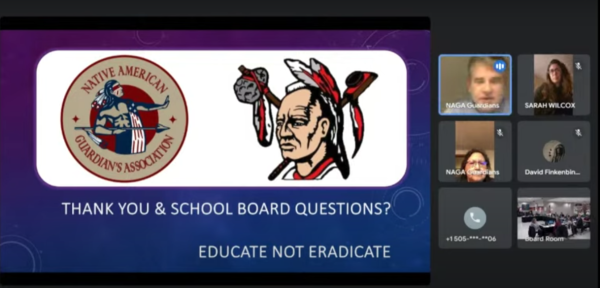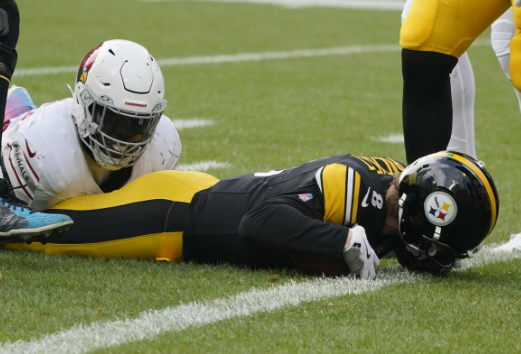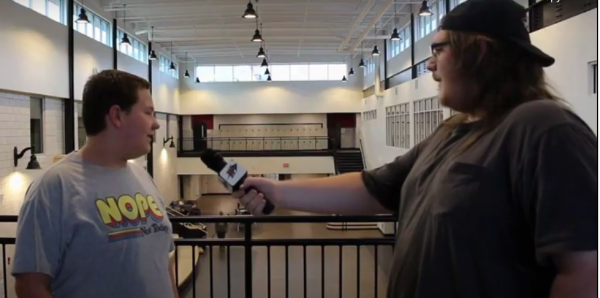Tips to Teens for Winter Safe Driving
December 13, 2019
Driving is one of the world’s greatest privileges, especially for teenagers.
Despite being a privilege, it still comes with responsibility, and teens need to recognize the severity of their actions.
There are several ways to minimize the dangers of teen driving.
It is expected that teenage drivers are inexperienced, whether they are sixteen years old and are just now driving or are eighteen years old.
Not only is there inexperience, but there are also distractions.
Teens sometimes don’t even have their seat belts on before they start the car.
Seat belts are quite literally a lifesaver, and could go far in preventing injuries or anything of that basis.
Studies show that seat belts reduce the risk of death in an accident by 45%.
Outside of seat belts, there are distractions as well.
Teens love their phones, and some even use it while driving, which is very dangerous- especially on busy roads.
There is also an enhanced chance of dangerous driving when a teen driver has teen passengers with them.
Research shows that teen drivers are 2.5 times more likely to try risky behaviors with teen passengers, such as speed, drift etc., according to the Children’s Hospital of Philadelphia’s Research Institute’s Teen Driver Source.
The key to teen safe driving is to minimize distractions as best you can.
It may seem obvious, but teens should also make sure to obey traffic laws.
Several times when teens get into accidents, it is because they did not obey traffic laws, such as street lights, speed limits, pedestrians etc. according tothe Children’s Hospital of Philadelphia’s Research Institute’s Teen Driver Source.
This all ties in to teen drivers being inexperienced.
Teens need to limit their risks of being distracted by their phones or teen passengers, as that would reduce the risk of danger drastically.
We are young but not invincible.
Winter Driving and how to Limit Accidents
Accidents are a strong possibility even in ideal conditions, but even more so during the winter, when the weather becomes frigid cold and snowy.
The ice and snow reduce the traction in cars, and makes for more time to complete a smooth stop.
Here are the top ways to best prevent accidents in winter driving:
- It is best to keep a bundle of cold-weather gear in your car, such as blankets, water, food, warm clothing, flashlight, shovel etc. These would be used during emergencies in case your car stalls or breaks down.
- Make sure your tires are properly inflated and have plenty of tread. The Quarter Trick helps the most. If Washington’s head is always covered, then you have enough traction in your tires. The average amount of air needed for most vehicles would be 32-35 pounds per square inch (PSI).
- Keep at least a half-tank of gas in your car at all times.
- Make sure to warm up your vehicle before driving to make sure that you aren’t cold. Your senses get reduced when you are cold, so it is best to make sure that you are warm and comfortable before driving.
- Even though it is a good idea to warm up your vehicle firsthand, never do this in an enclosed area, such as a garage. The toxic fumes from the car running could be dangerous to inhale, and even lethal.
- Do not use cruise control while driving on ice or snow.
- It is usually best to stay home in these situations. You should only drive in the snow if you need to. It is always a good thing to not take the risk of an accident.
- Drive slowly. If the speed limit says 40, you should probably drive at around 30. These speed limits are for ideal conditions only, and winter weather is far from ideal. It is best to keep safe while on the road.
- Accelerate and decelerate extra slowly. Stepping on the gas or brake too quickly could cause the car to burnout or slide on icy roads. It takes longer to slow down on icy roads.
- Increase your following distance. It is never a good idea to follow a car very closely in these conditions, as it could lead to a crash.














